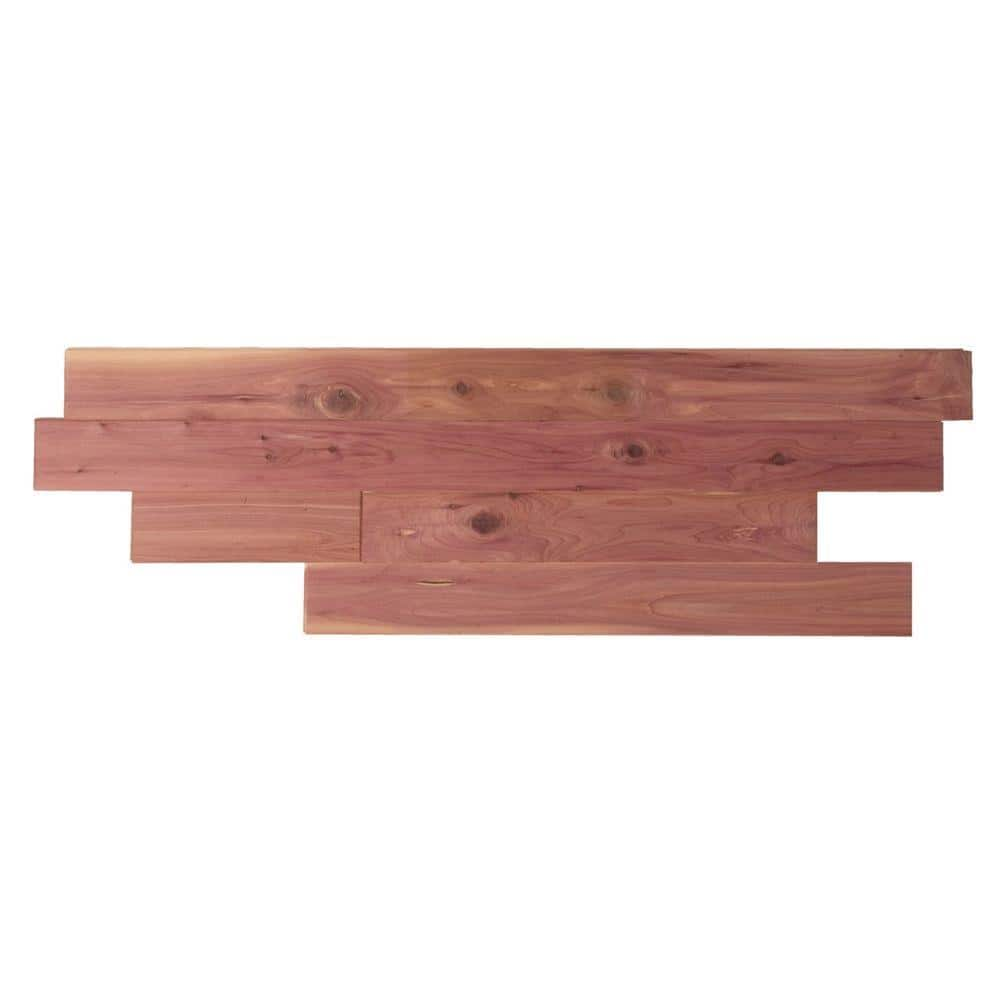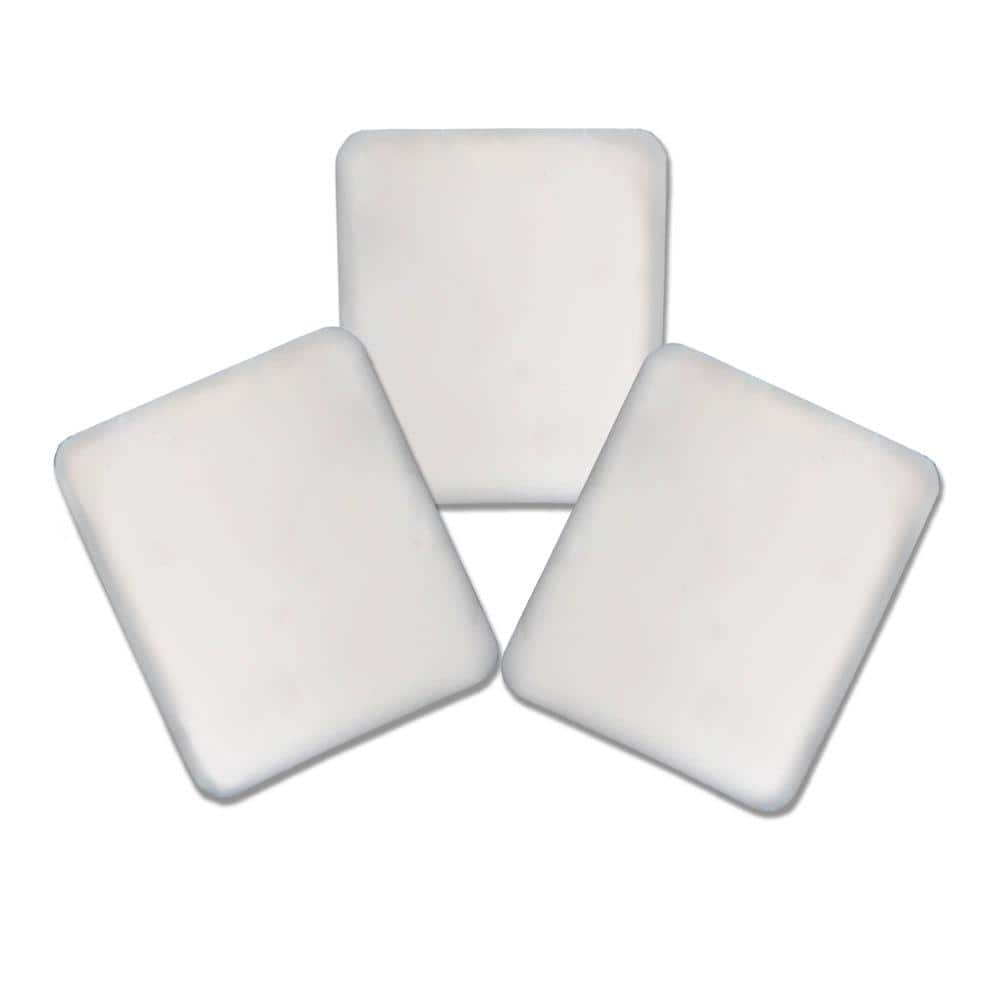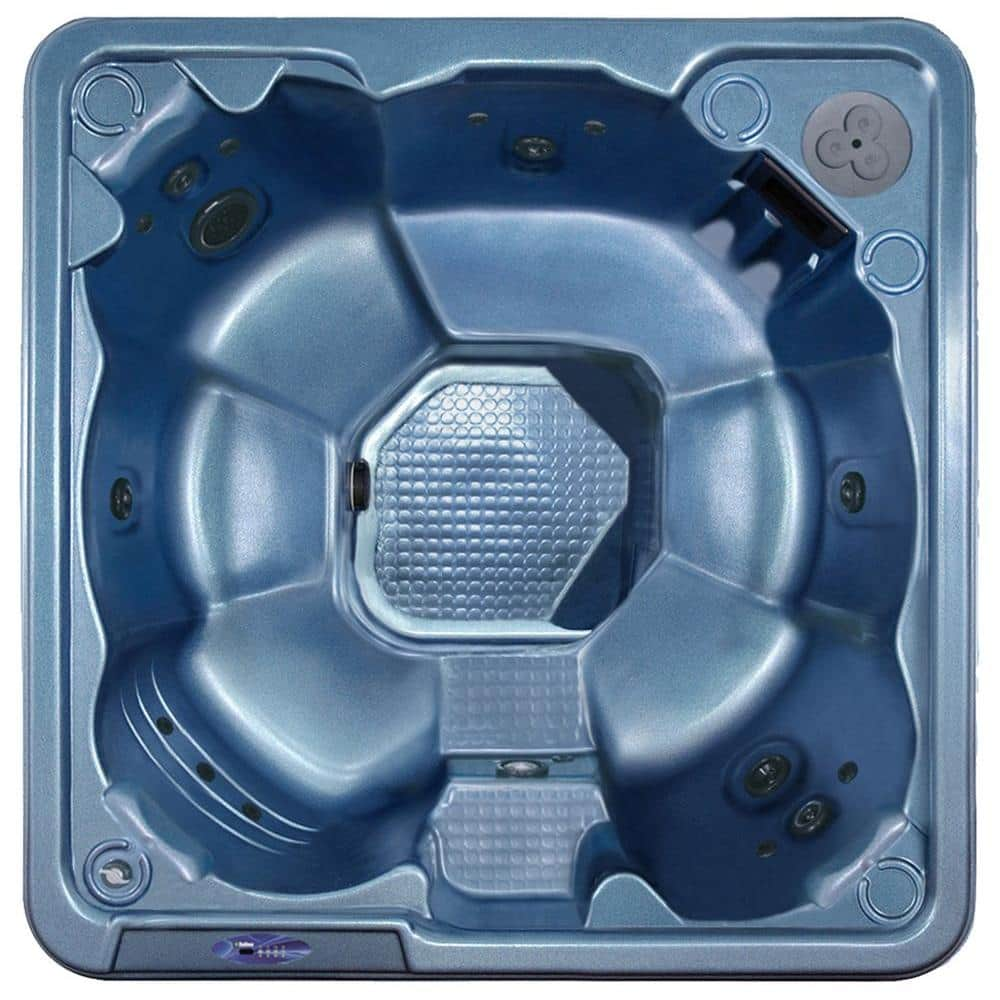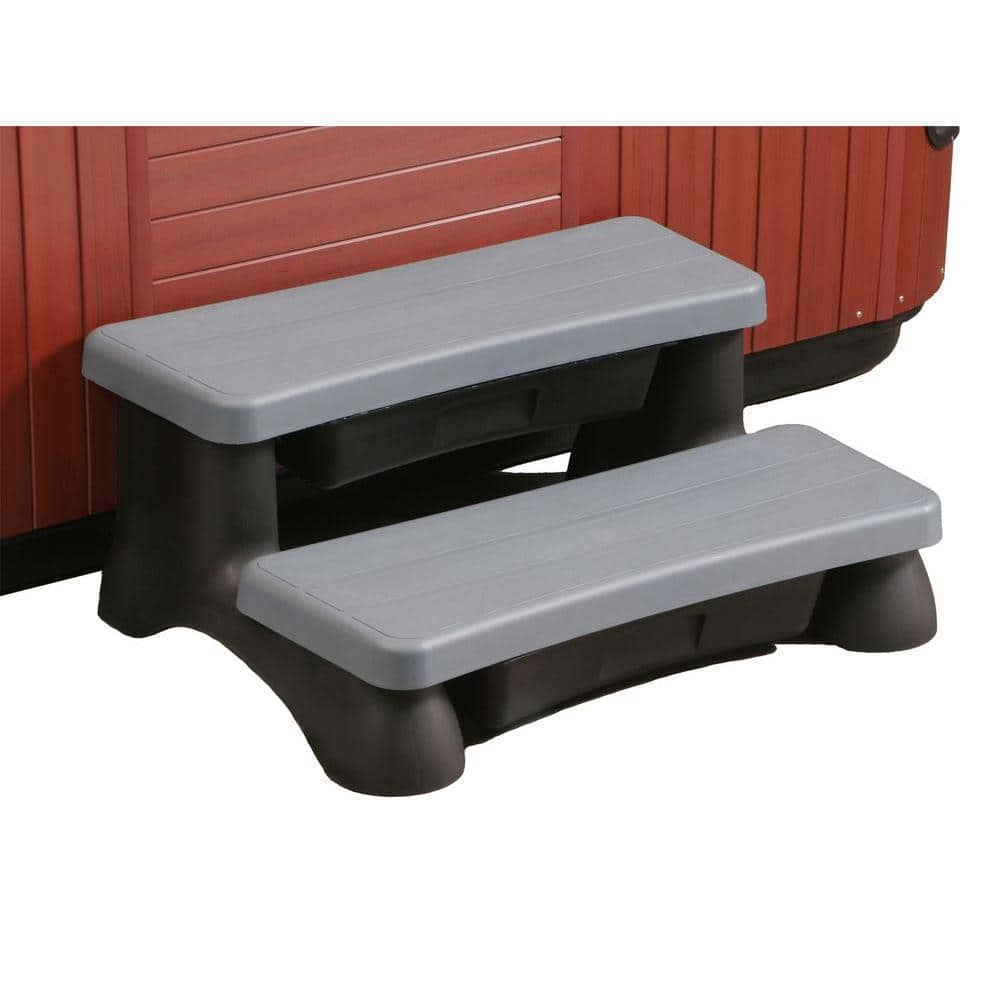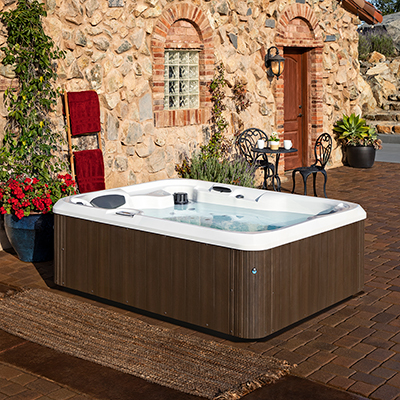How to Build a Sauna

Last updated August 14, 2024
A home sauna can help with sore muscles, get rid of toxins and relieve stress. Build a DIY sauna, and you can enjoy all the benefits in complete privacy. Whether you are figuring out how to build a sauna from scratch or considering installing a premade indoor sauna, this guide gives you the basic information you need, from picking a location to choosing the right accessories.
Table of Contents
Types of Saunas
Where to Build a Sauna
Choosing a Home Sauna Heater
Best Wood for a Home Sauna
Selecting a Home Sauna Size
Sauna Tips and Accessories
Types of Saunas

Saunas come in different types based on the heat source used. The more common saunas are dry saunas, steam rooms and the relatively new infrared saunas.
- A dry sauna stove heats special rocks to produce the desired temperature. Often, water is poured on the stones periodically to humidify the air.
- A Turkish-style sauna or steam room combines heat and water to detox the body inside and out.
- An infrared sauna stimulates the body’s natural sweating ability. This deep heat relaxes and tones muscles, especially after rigorous exercise.
Where to Build a Sauna

When figuring out how to build a sauna, first decide if it will be inside or outside. Indoor saunas can be created by converting a storage closet or small bathroom. As long as you have access to a 240-volt service for your heater or infrared lights, you could also build a sauna from scratch in a basement, garage or even an attic. Electric heater saunas and infrared saunas are best for indoors.
Outside, a sauna can be added to a deck or porch or built as a separate structure. Wood-burning and steam options are ideal for outdoor locations. Here are some things to know about how to build a sauna outdoors:
- Use a solid, level foundation. Opt for wood since concrete or other cold surfaces can affect heating.
- Choose an area that’s protected from the weather to avoid water damage to the structure or heater.
- Consider the weight of the heater when building the foundation and floor. Some heaters also require heat resistant floor and wall coverings. And all heaters will require clearance all the way around. Check the instructions for the specific DIY sauna for more information.
Always hire a licensed electrician for any wiring to ensure the sauna is installed and wired correctly.
Choosing a Home Sauna Heater

There are wood sauna heaters, electric sauna heaters and gas sauna heaters. They usually have heated stones or rocks that water can be poured onto. Another heating source is infrared lights, which are known for producing penetrating heat. Electric heaters are the easiest to use and the most popular.
You can have a ceramic heater sauna or a carbon heater sauna. Ceramic heats the entire space to 150 degrees, but there can be hot spots. A carbon heater heats a room evenly and is better at heating the body.
Best Wood for a Home Sauna

Saunas can reach temperatures of 150 degrees or more. When you install a sauna at home, choose a soft wood that is flexible and not easily damaged by moisture or warped by heat. The most popular choices are cedar saunas. Cedar planks have a beautiful look, pleasant smell and remain cool enough to sit on comfortably. They're also anti-bacterial and anti-fungal. Other top sauna wood choices include poplar, basswood and hemlock. Both basswood and poplar are hypoallergenic and virtually odor free. Hemlock is a budget-friendly choice.
Selecting a Home Sauna Size

The size of the sauna depends on the number of users, heating system and number of benches desired. An upper and lower bench is a common choice. While the top bench is for sitting and lying, the lower bench is primarily used as a cool-down spot. Comfort and consistent temperatures are essential to the experience, so there are few rules of thumb to follow:
- A typical sauna can be as large as 8 feet by 12 feet or as small as 3 feet by 3 feet. A smaller room will be easier to heat and keep hot.
- Allow 2 feet of seating space for each person or 6 feet of bench space for reclining per person.
- An upper bench should be about 18 inches to 24 inches wide and 36 inches high while the lower one should be 18 inches high.
- Windows or a glazed glass door makes the sauna feel more open.
Sauna Tips and Accessories

The two basic essentials for a great sauna experience are quick-drying Turkish towels and a comfortable seat. You can add a spa bench or chair if your sauna doesn’t come with one. To make your sauna experience more relaxing:
- Fill a bucket with water. The water will evaporate, making the hot, dry air comfortable. If the sauna has heated rocks, you’ll also need a long-handled dipper to pour water on the rocks.
- Place a thermometer near the heater to avoid overheating.
- Use a timer to ensure you don’t overdo it.
- Hang scented herbs, add them to your water bucket or place them directly on the heated rocks. If you use an essential oil diffuser, choose one that is made to resist moisture and heat.
- Use pillows and backrests with natural fillers and a washable cover.
- Install a waterproof sound system for soothing music.
Sauna Kits

If you're not ready to build a sauna from scratch, there are a variety of DIY sauna kits to choose from that will help you. Make your selection based on use, size and difficulty of installation.
If you're active or have chronic health issues, building or installing a sauna at home is one of the best home improvements you can tackle. Use The Home Depot Mobile App to find premade saunas or visit your local Home Depot to purchase all the supplies you need for the project.
